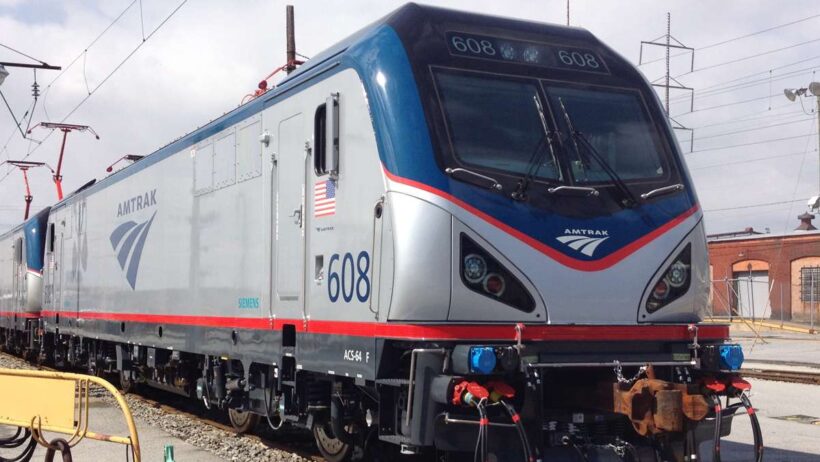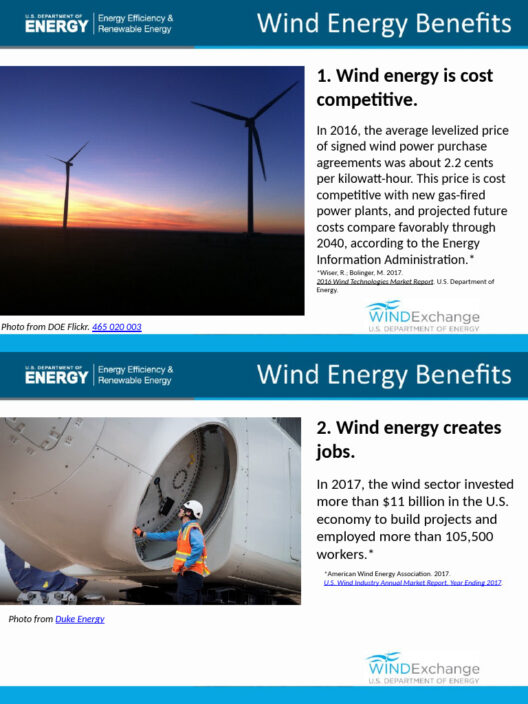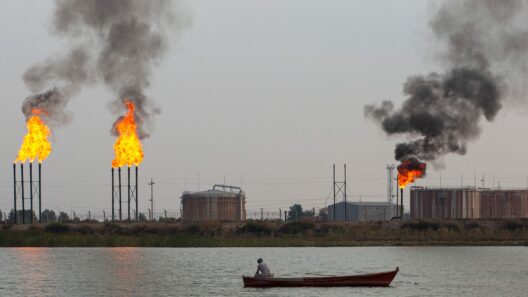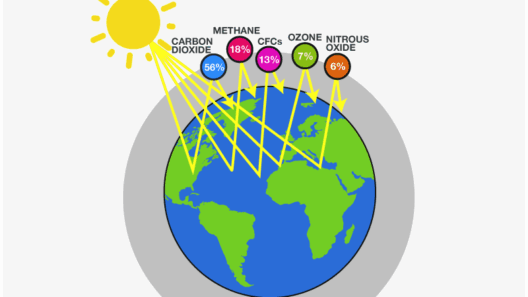All Aboard for a Cooler Planet? Exploring Amtrak’s New Train and Its Implications for Climate Change
As our planet spirals into an uncertain future precipitated by climate change, the transportation sector stands as a significant contributor to greenhouse gas emissions. Amid the cacophony of climate caution, can the advent of high-tech train engines by Amtrak serve as a beacon of hope? How does this new fleet align with a larger narrative about sustainable travel? More importantly, can embracing rail infrastructure foster a shift away from carbon-intensive modes of transportation?
The ambitious rollout of Amtrak’s new fleet can ignite vibrant dialogues about the interplay between advancements in transportation technology and climate action. The stakes are enormous; as we venture deeper into the Anthropocene, can we recalibrate our travel choices in favor of a public transit model touted for its lower carbon footprint? All aboard indeed, but at what cost to our carbon legacy?
Innovative Engineering Meets Public Transit: The High-Tech Revolution
Amtrak’s new engines represent a paradigm shift in train technology, showcasing a commitment to modern efficiency and sustainability. The introduction of these sophisticated locomotives possesses the potential to significantly reduce emissions compared to traditional diesel engines. Equipped with advanced engine management systems, these trains boast features aimed at optimizing fuel consumption. Imagine engines that communicate with the infrastructure itself, monitoring velocity and exerting precise control over acceleration and braking, thereby enhancing energy efficiency while ensuring safety.
Moreover, the integration of renewable energy sources into Amtrak’s operations cannot be overlooked. Solar panels have begun to adorn locomotives and stations alike, demonstrating a growing trend in the transportation sector toward harnessing clean energy. As coal and fossil fuels face increased scrutiny, can solar-powered trains lead the way in restructuring transportation energy norms? The implications extend beyond the automobile and into an expansive vision of a net-zero future.
Sustainable Travel: Embracing the Rails Over Highways
The allure of rail travel lies not just in its environmental advantages, but also in its capacity to weave communities together. By providing an alternative to single-occupancy vehicles, trains foster greater societal cohesion. Railways can alleviate congestion on highways and reduce the demand for parking spaces in urban areas—problems exacerbated by an ever-expanding population and urban sprawl.
As cities endeavor to mitigate traffic-induced emissions, promoting rail travel becomes pivotal. Travelers are more likely to choose trains if they recognize their potential for minimizing carbon footprints and enjoying the scenic benefits of rail routes. The question arises: could your next vacation or business trip be more environmentally conscientious if you simply swapped road time for rail time? Are we ready to forge a new relationship with the rails, rekindling an age-old love affair with the tracks that once dominated our travel landscape?
Climate Resilience and Future Challenges: The Road Ahead
While Amtrak’s advancements are commendable, adaptability remains essential for the rail network to successfully confront the climate crisis. Resilience in infrastructure, particularly against the backdrop of severe weather events attributed to climate change, is paramount. Flooding, wildfires, and extreme temperatures pose existential threats to rail efficiency and safety, necessitating forward-thinking engineering solutions. Can we develop a rail system that does not merely survive but thrives amid chaos?
Moreover, as demand for eco-friendly transportation escalates, how can Amtrak and similar entities ensure equitable access to such options? Cost barriers often plague public transit initiatives, particularly in low-income neighborhoods. It is vital to strategize not only on carbon reduction but also on creating an inclusive framework where every citizen has access to clean transportation. In doing so, can we also address the social justice components intertwined with climate action? True progress necessitates that environmental benefits be equitably distributed among all demographics.
The Role of Policy and Public Advocacy in Environmental Stewardship
Beyond technological innovation, the involvement of stakeholders—including policymakers and the public—remains integral in catalyzing substantial change. Advocacy for increased funding and support for infrastructure is crucial. Public dialogues can shape a narratives where citizens actively participate in the transportation discourse. By championing this cause, we can pressure leaders to prioritize investments in sustainable rail systems and policies that facilitate green travel options.
The public sentiment must also champion climate awareness. How many of us are aware of the emissions produced by different modes of travel? Educational campaigns can transform complacency into action; it begins with recognizing our personal travel choices and their environmental repercussions.
Conclusion: A Convergence of Change Awaits
As Amtrak unveils its modern fleet, a question gently lingers in the air—is this the dawn of a new sustainable travel era? The promise of new technologies blended with a commitment to climate consciousness has the potential to usher in changes that go beyond the railroad tracks. While challenges abound, the convergence of sustainability, engineering ingenuity, and public advocacy may very well illuminate a pathway for a cooler planet. The time has arrived for us to choose trains over planes, rails over roads—embracing a sustainable future while journeying toward an environmentally responsible legacy.







